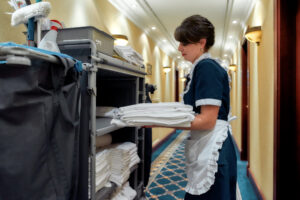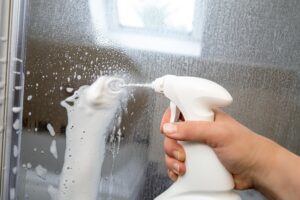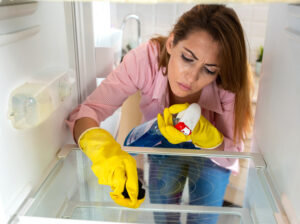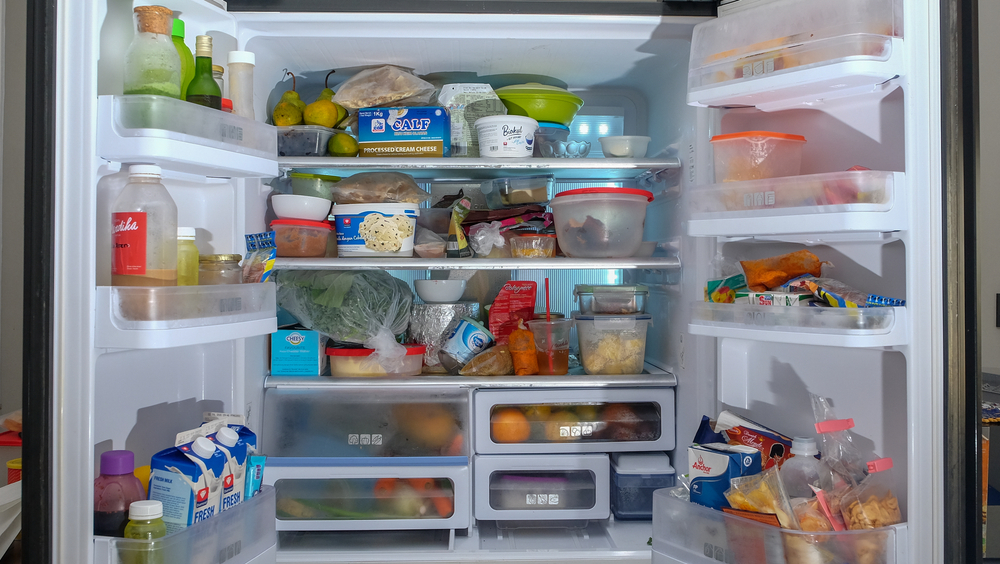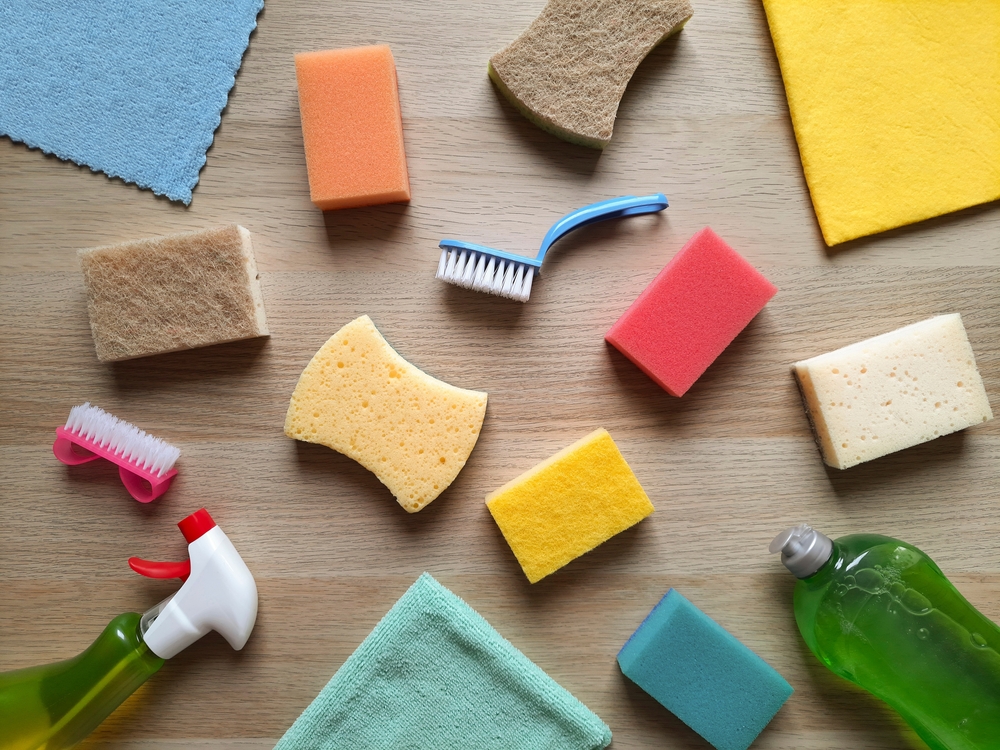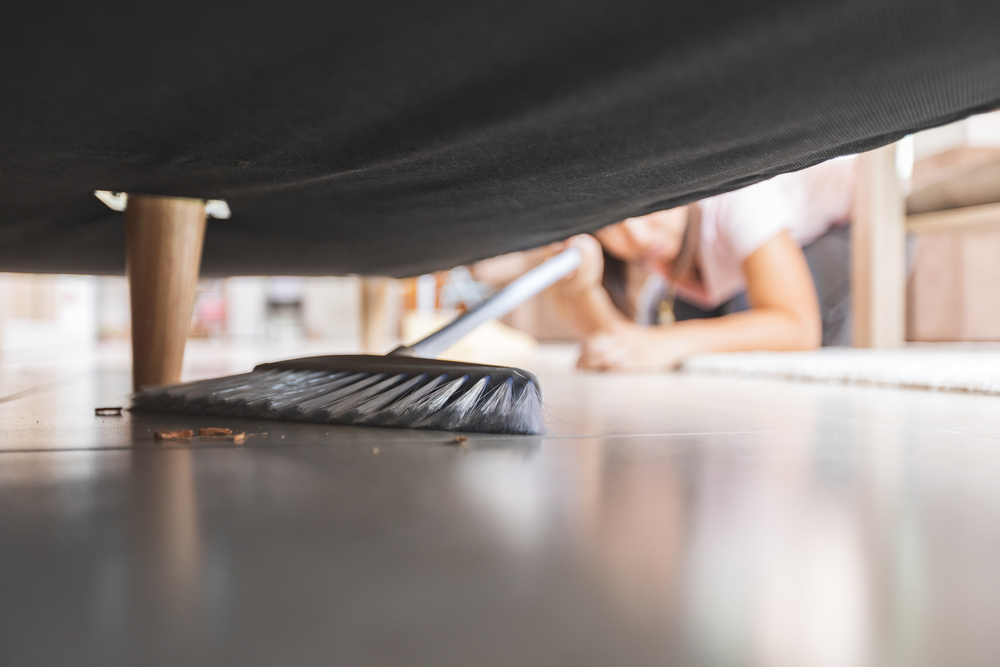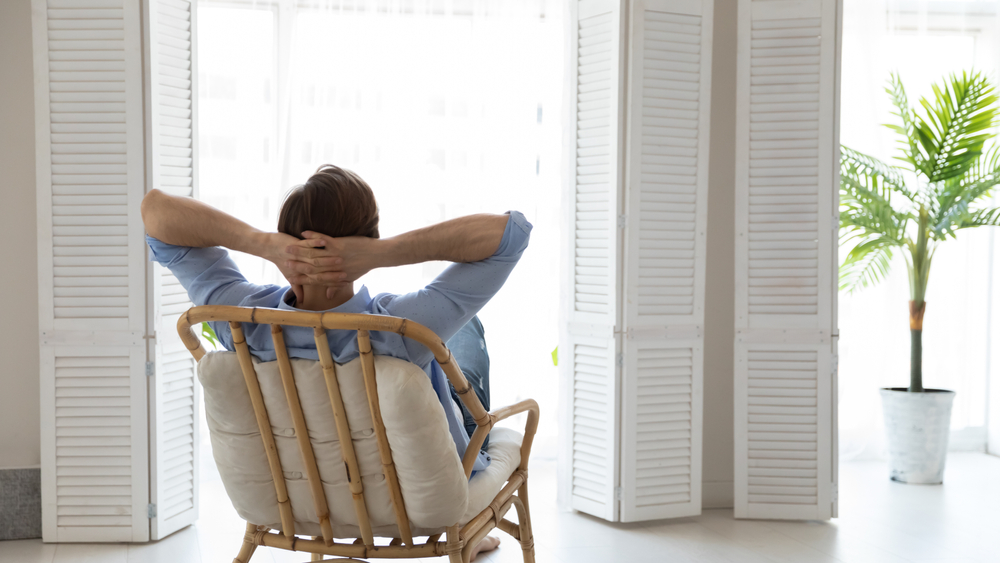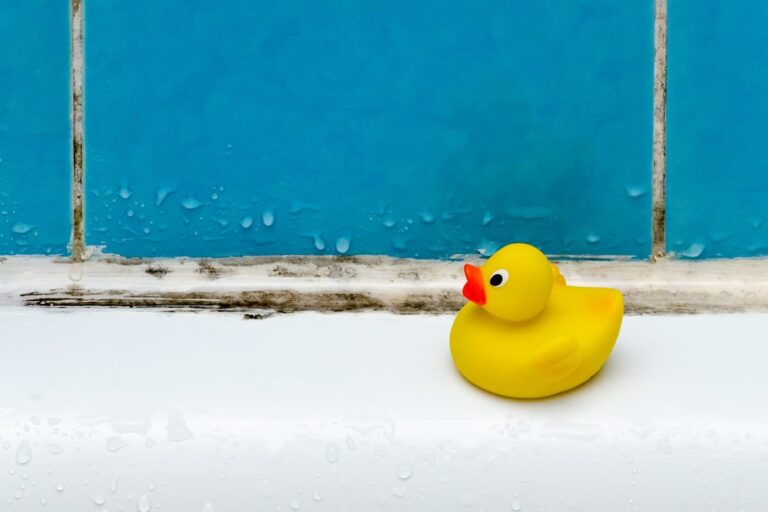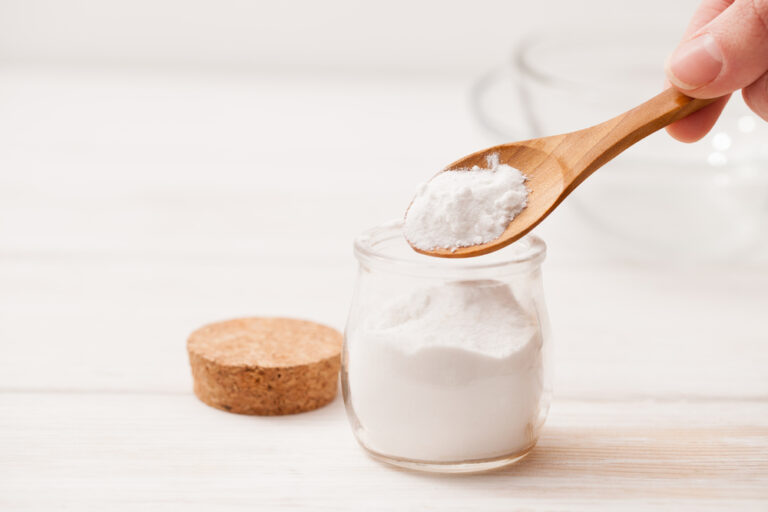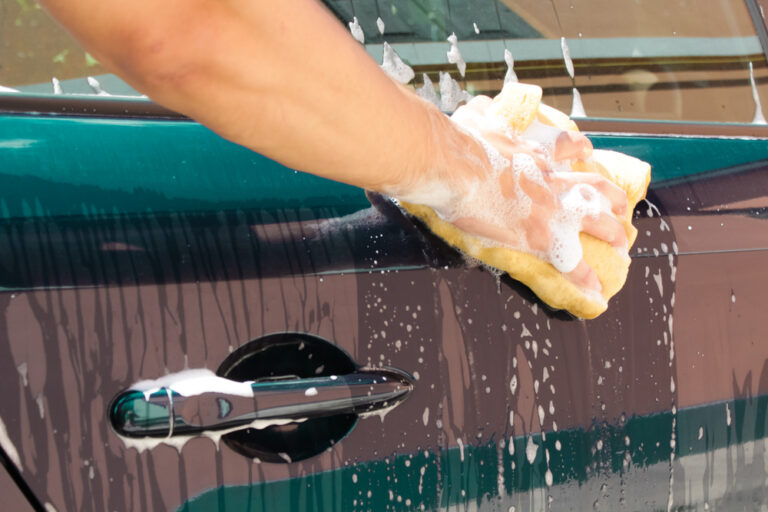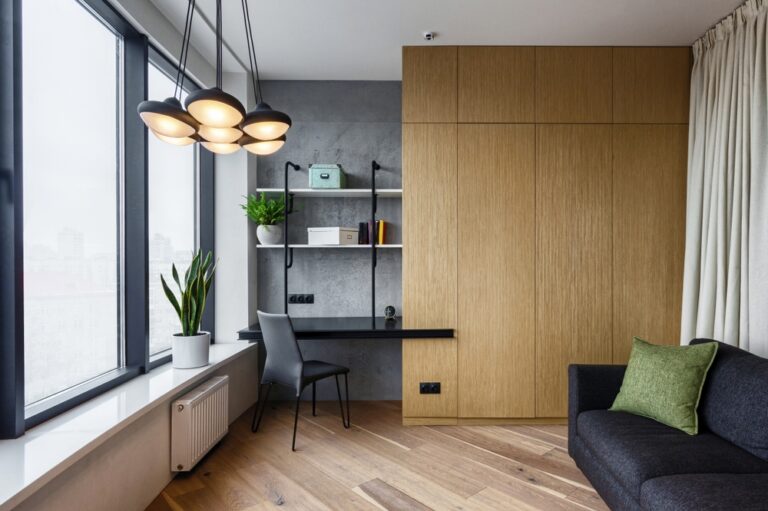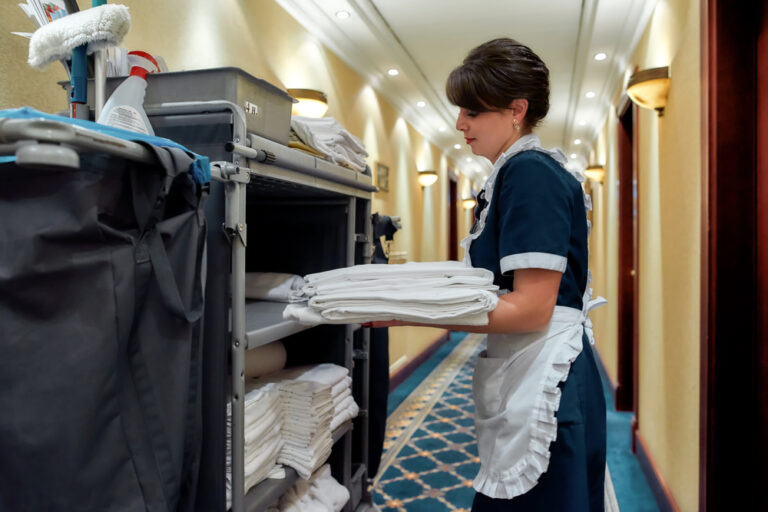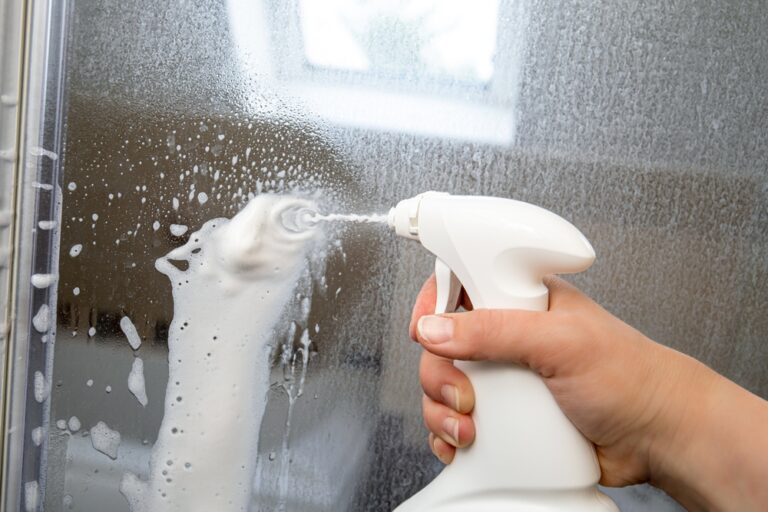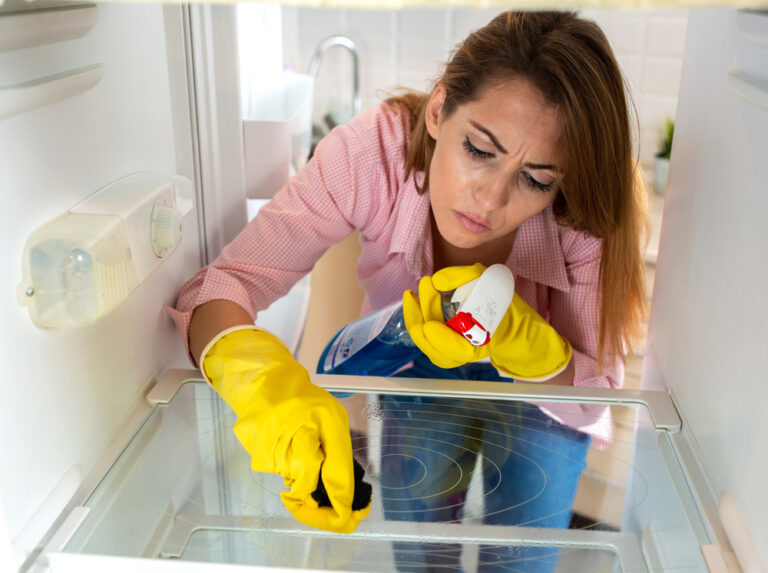Get ready to learn how to purify your indoor air!
If you ever feel sluggish, sweaty, or even suffer from headaches while you are at home, the culprit might be the air you are breathing. Shockingly, the Environmental Protection Agency (EPA) states that indoor air pollution can be 2–5 times worse than outdoor air.
All of this happens because our homes trap allergens, dust, and chemicals, which create an unhealthy environment. But you can save yourself from this and breathe clean air again. These simple hacks will help you purify your indoor air and eliminate all the harmful things that might make you sick.
Say goodbye to stuffy noses and itchy eyes, and hello to a breath of fresh air!
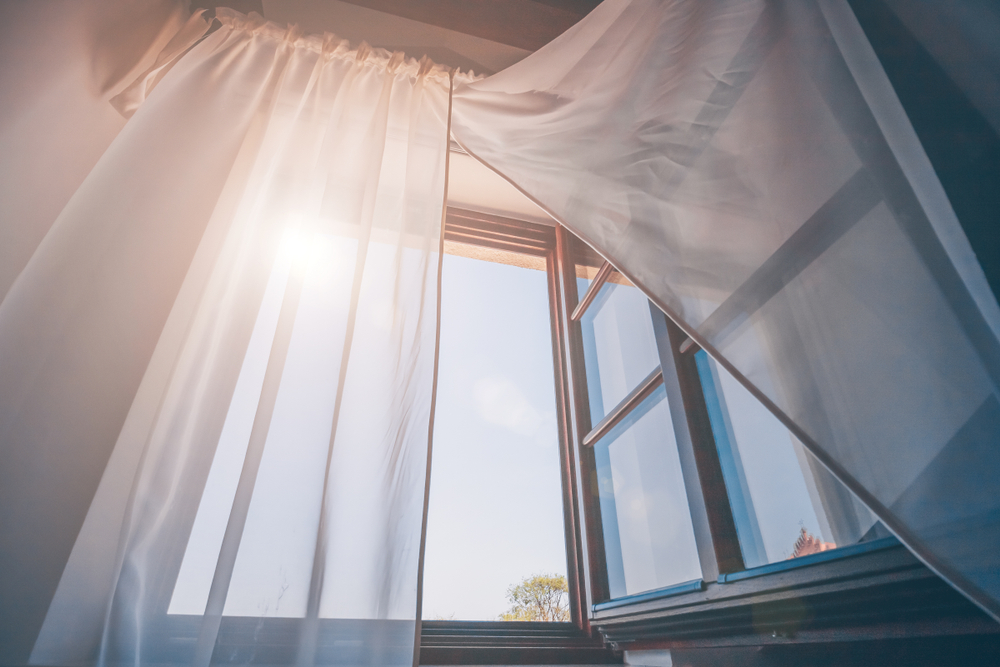
1. Let the fresh air enter your home
How often do you open your windows? Most of the time, we don’t let the air come in, and this can lead to stale air, which is not the healthiest thing. So, one of the first things you can do is open those windows.
Most of the time, the stale air is full of dust, pet dander, and even lingering cooking odors. Letting fresh air come in will dilute these pollutants and replace them with clean air. Also, our homes are incredibly humid. Showering, cooking, and even breathing all contribute to indoor humidity.
When the air is too humid, mold will start to grow, which can cause various respiratory problems and trigger allergies. But you should be careful because opening the windows if you live in a high-traffic area or when the pollen season is at its peak will not purify your indoor air.
2. Buy an air filter
Probably the easiest approach when you want to purify your indoor air is to purchase an air filter. It can be hidden in the HVAC system and will continuously trap all the allergens, dust, and anything bad from the air, stopping them from reaching your lungs.
Besides protecting your lungs, an air filter will also protect the HVAC system you have in your home. Over time, the delicate components of this machinery can get damaged by all the dust, but not anymore if you have a good filter. This can extend the lifespan of your heating and cooling system, so it might seem like a big investment, but it is worth every single penny.
Also, keep in mind that these filters will need replacement. The standard ones require replacement every 30 days, and the high-capacity ones should be replaced once every 6 months.
3. Don’t forget the fans
Bathroom and kitchen exhaust fans can get you out of a lot of trouble. They are some of your best allies when you want to purify your indoor air, and you should never underestimate their power. Say goodbye to the stubborn grime on your tiles and also to the humidity and lingering odors.
We know that running them might not seem like a big deal, but you’d be surprised to find out how many people just forget they have them in their homes. As we already said, there are a bunch of activities that cause humidity, from showering to cooking. The excess moisture decreases air quality and creates a perfect environment for mold to grow.
What makes exhaust fans great is that if you don’t forget to run them, they will create a gentle air circulation pattern within your home. They will carry the stale air outside, and this will create a slight negative pressure. As a result, this will make the fresh outside air entering your home easier.
Now, we know that the noise they make might be annoying, but you don’t have to keep them running constantly. Turn them on after you shower or cook, and keep them running for at least 20 extra minutes after you are done. This is more than enough and will surely purify your indoor air.
4. Upgrade your thermostat
The thermostat is the gadget that keeps your home at a comfortable temperature, and it also helps with the level of humidity. When you want to purify your indoor air, a good thermostat will truly make a difference, so why not consider upgrading it?
Oftentimes, our homes become pockets of stale air, especially if we keep our windows closed most of the time. But if you have a more expensive thermostat installed, you can use it in circulate mode, which means the thermostat will be able to push the air around your home even when you don’t have the AC running.
You can set the circulate mode to run automatically in short bursts every 20 minutes or every hour, however, you prefer it, and this will keep the air inside your home fresh for longer.
If you have a smart thermostat, you can take things even further and control them through your phone, start the fan, and access the settings whenever you want from any location. We can easily call this the ultimate convenience, but you need to consult an HVAC professional who can decide what thermostat is best for your needs and home layout.
5. Remove the air pollutants
Stop a minute and think about this: How much time do you spend inside your home breathing indoor air? The Environmental Protection Agency says that people spend roughly 90% of their time indoors. This is a lot of time, and this is why we believe it is important to purify your indoor air.
The easiest way to begin doing this is by removing the obvious pollutants. Your home is just like an ecosystem, and if you have certain materials, household items, and cleaning products that emit harmful pollutants, you can try to take them out of the home and, let’s say, store them in another place, such as the garage.
Less is more, and this applies even when you try to purify your indoor air. If you have fewer items that can attract dust and so on, this means cleaner air. So, start decluttering and let the air circulate more efficiently in your home.
And since we mentioned cleaning products, we want to tell you more about VOCs, also known as volatile organic compounds. Many conventional cleaning products have them, and when they evaporate in the air, it can cause indoor air pollution. If you are allergic to them, try switching to products such as baking soda and vinegar for your cleaning routine.
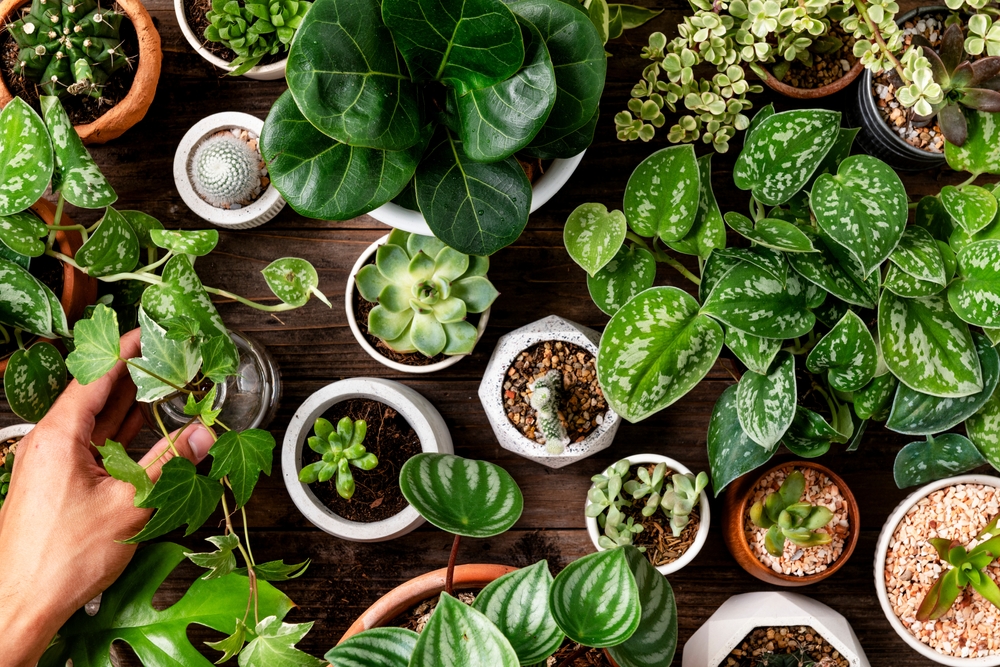
6. Get some houseplants
Houseplants aren’t just decorative items; they can do so much more than this, and one of the things they are good at is purifying your indoor air. It is true that they won’t replace proper ventilation, but adding them inside your home will make a difference.
Our decorative buddies have the property to filter harmful VOCs, and even more, some plants can reduce airborne mold spores and benzene. This chemical compound is found in cleaning products and paints and, in high concentrations, is extremely irritant and toxic.
But what all of us know and what has made houseplants popular is their ability to produce oxygen. This means that keeping plants in your home will not only purify your indoor air but also produce new and clean air. You can use this trick in rooms that don’t have proper ventilation, and some of the most effective houseplants at producing oxygen are the spider plant, the snake plant, and the peace lily.
If you need an air dehumidifier, this one might be a good choice: Dehumidifiers, 35OZ Dehumidifier, Small Dehumidifiers for Home
It would be best if you also read: Easy Solutions for the 5 Most Dreaded Cleaning Chores

